Is your practice’s denial rate above four percent? If so, it could be time for a checkup of your internal claims processing. Manual errors, input oversights and timing issues create more denials than many practices realize.
Keep an eye on the following common reasons for insurance denials to see if you can tighten up your billing approach and lower your denial rate:
Claims with Missing InformationIf your staffers leave certain encounter data out of a claim, it could come back to haunt you in the form of an insurance denial.
A detail-oriented payer will notice omissions and count such errors as reason enough to deny a claim. Claims missing a modifier or other information, such as prior authorization, rank as reasons #6 and #9, respectively, in Medical Economics’ 15 Common Reasons for Claim Denials.
Make sure your employees fill in all required areas on your claim forms. Have your billers double-check commonly missed fields, like patient subscriber number, and rectify such errors before transmittal.
Claims Not Filed on Time
Timely filing denials are probably the most frustrating kind. Because every payer operates on its own filing schedule, it can be easy to miss a timing window if you’re not careful. Track and document each payer’s receipt of claim submissions when possible.
Sometimes claims are unfairly denied for timely filing, like when you submit a claim properly but the insurance carrier says they do not receive it before their deadline. Hold payers accountable for their timely receipt of your transactions.
Non-Specific ClaimsIt can’t be said enough: Coding to the highest level of specificity remains the best way to reduce denials.
A diagnosis must be coded to the absolute highest level for that code, meaning the greatest number of digits for the chosen code. If the medical billing requires a five-digit code and you send a four-digit code, you may get back a denial.
Facilitate a dialogue between your billers and coders. Make sure your billers know what truncated codes look like so they can catch them before claim submission.
Illegible ClaimsEven if most of your payers accept electronic claims, a few probably still cling to paper and require manual submissions. Focusing primarily on electronic claims might cause you inadvertently to overlook those paper forms.
Any messy or illegible print claims become problematic for payers who scan them into their systems upon receipt. Make sure your billers always look over claims and make sure they’re readable before sending them off.
Claims Below Payer Standards
Some payers may be more demanding and sensitive to the claim issues we outlined so far. Although ideally every claim you send is perfect, paying particular attention to the requirements of your pickiest payers helps you elevate the quality of all of your claims. You can also group your transactions by payer to figure out which insurers deny your claims most often.
Claim was Denied… Now What?Appeal! The MGMA found that only 35% of providers appeal denied claims. Because payers often make mistakes and deny claims in error, that percentage should be much higher.
Inspect every single denied claim to make sure it’s correct and develop a denial management system in your practice. Task an employee with appeal duties. Otherwise, you could be allowing 4% or more of the money you’re owed to slip through the cracks.
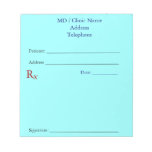
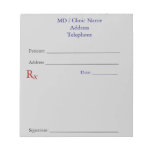
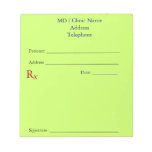
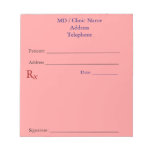


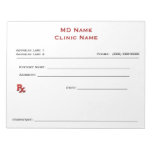
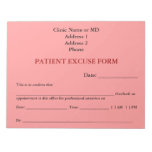
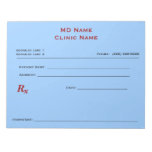
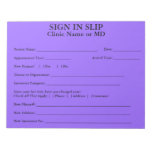
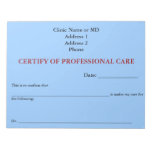
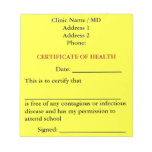
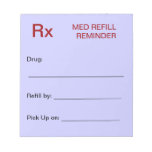
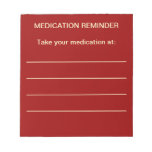
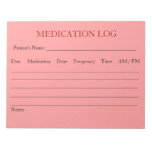
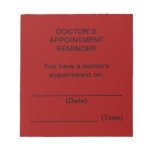
No comments:
Post a Comment